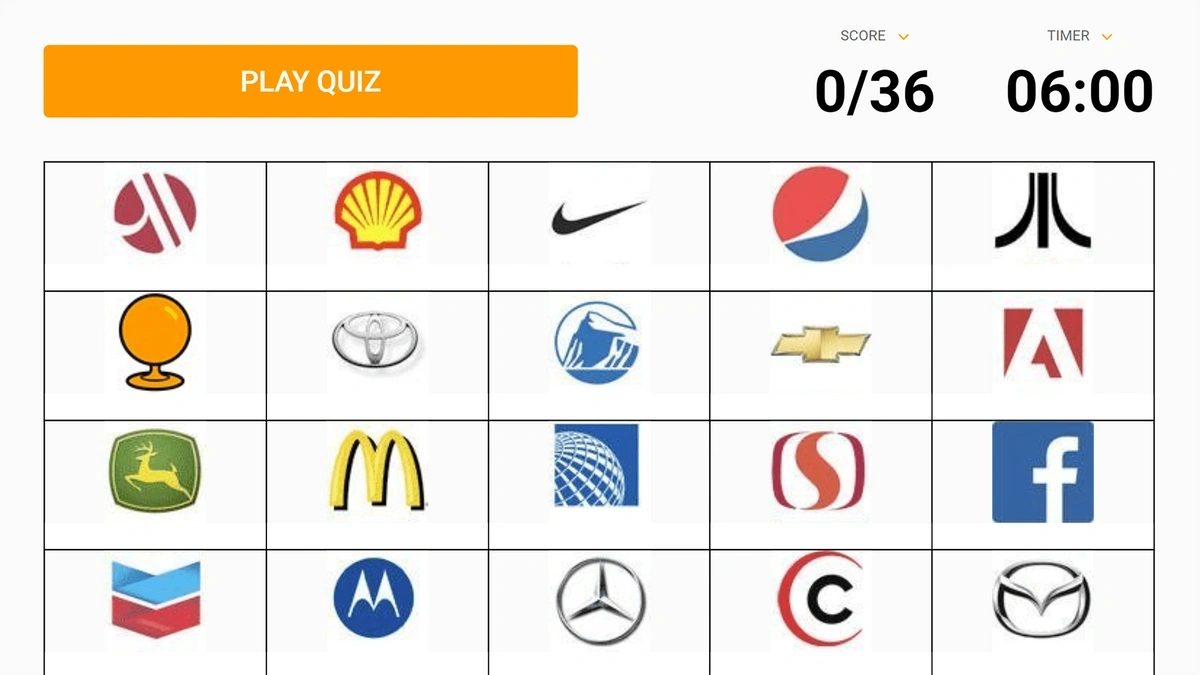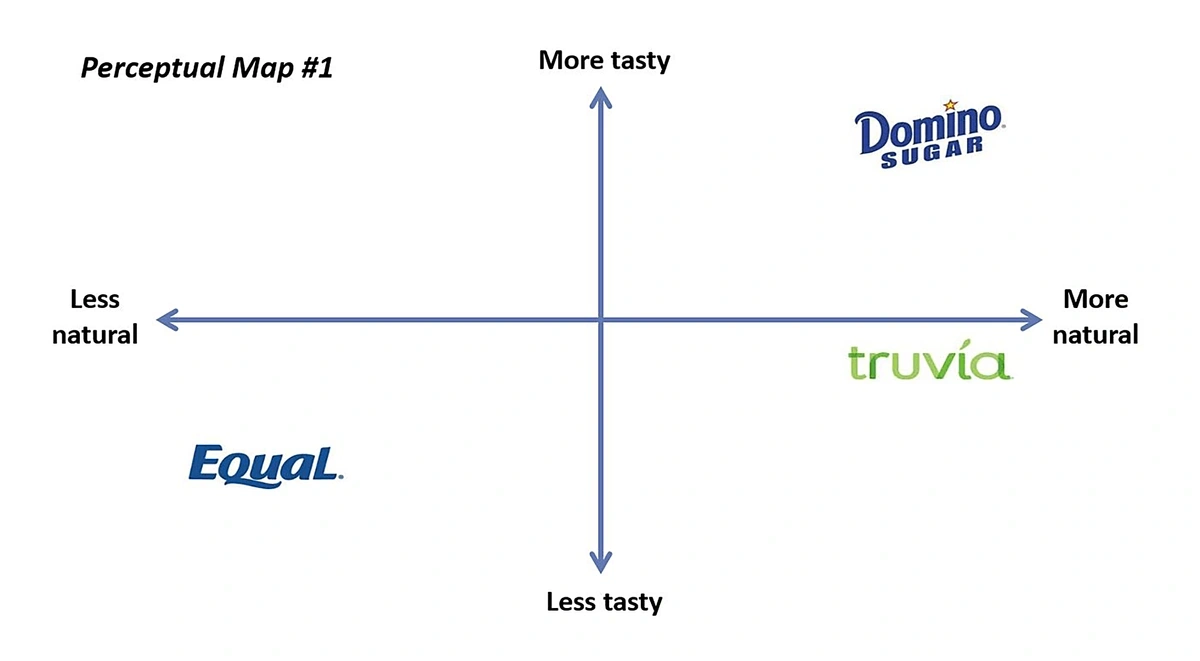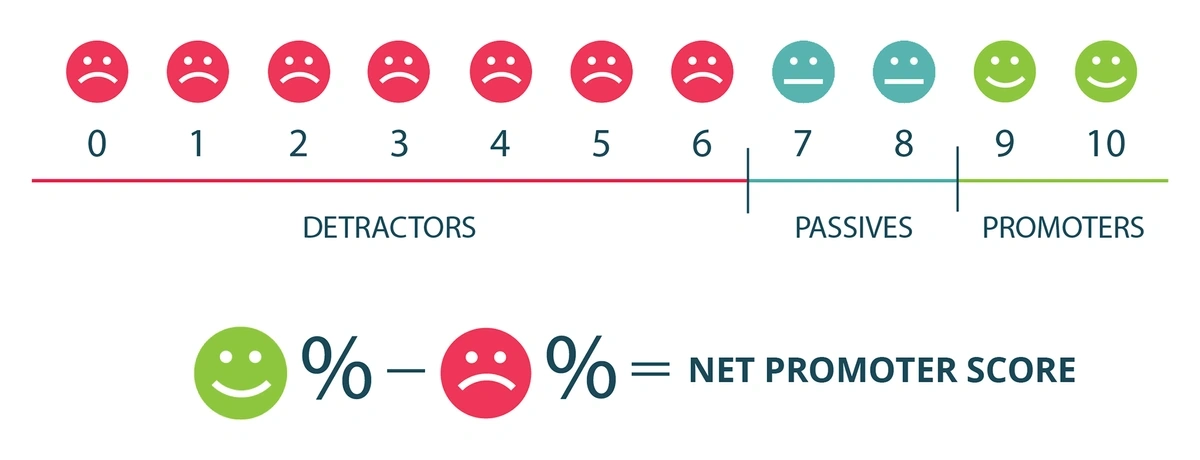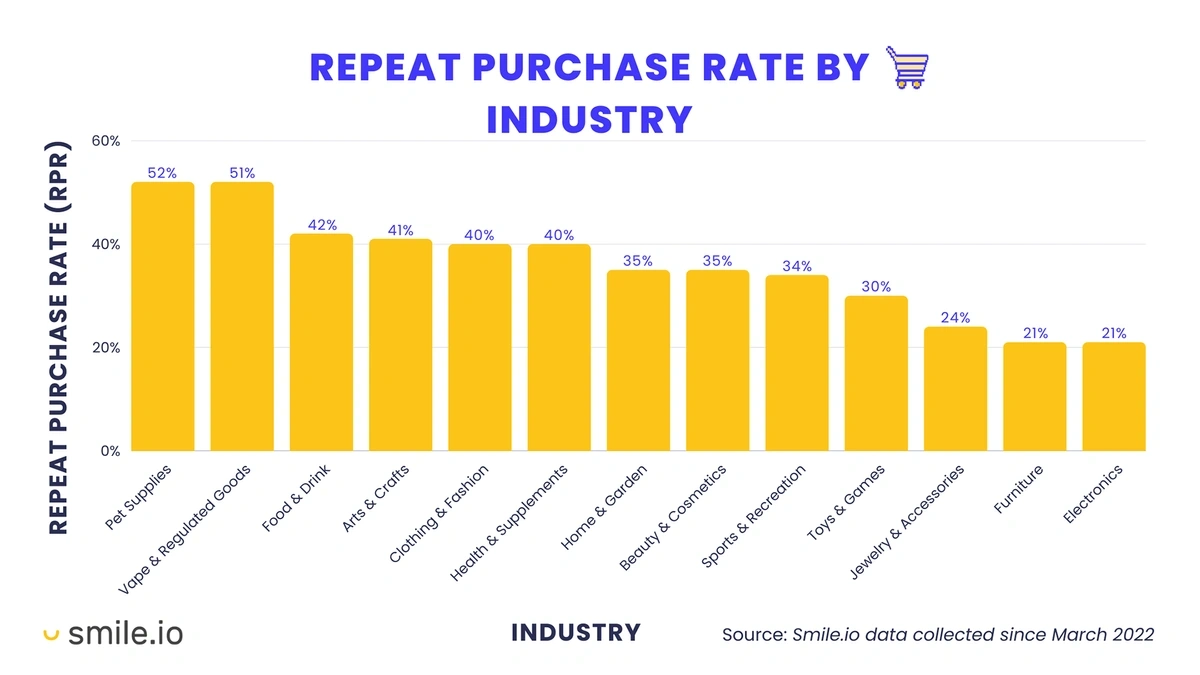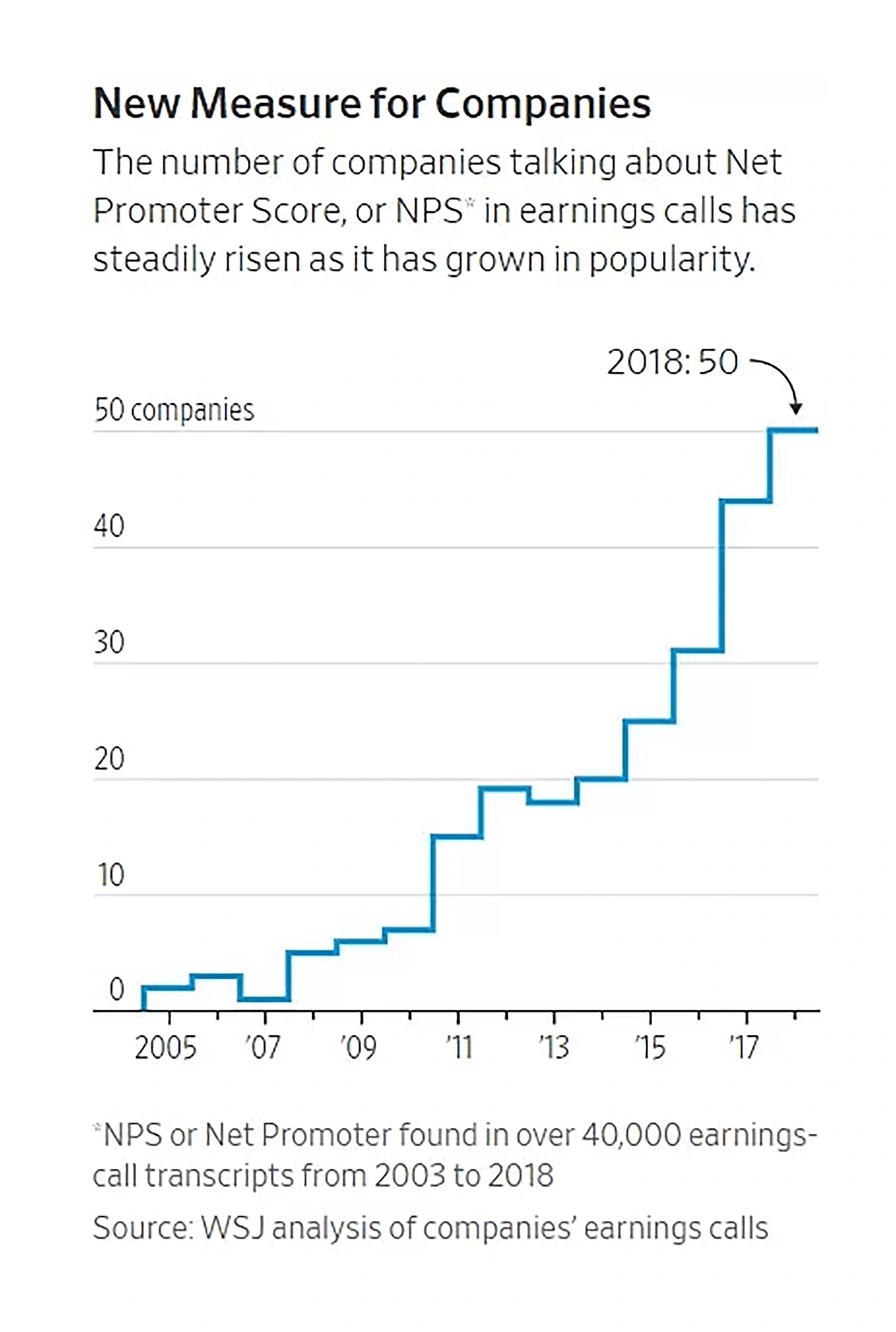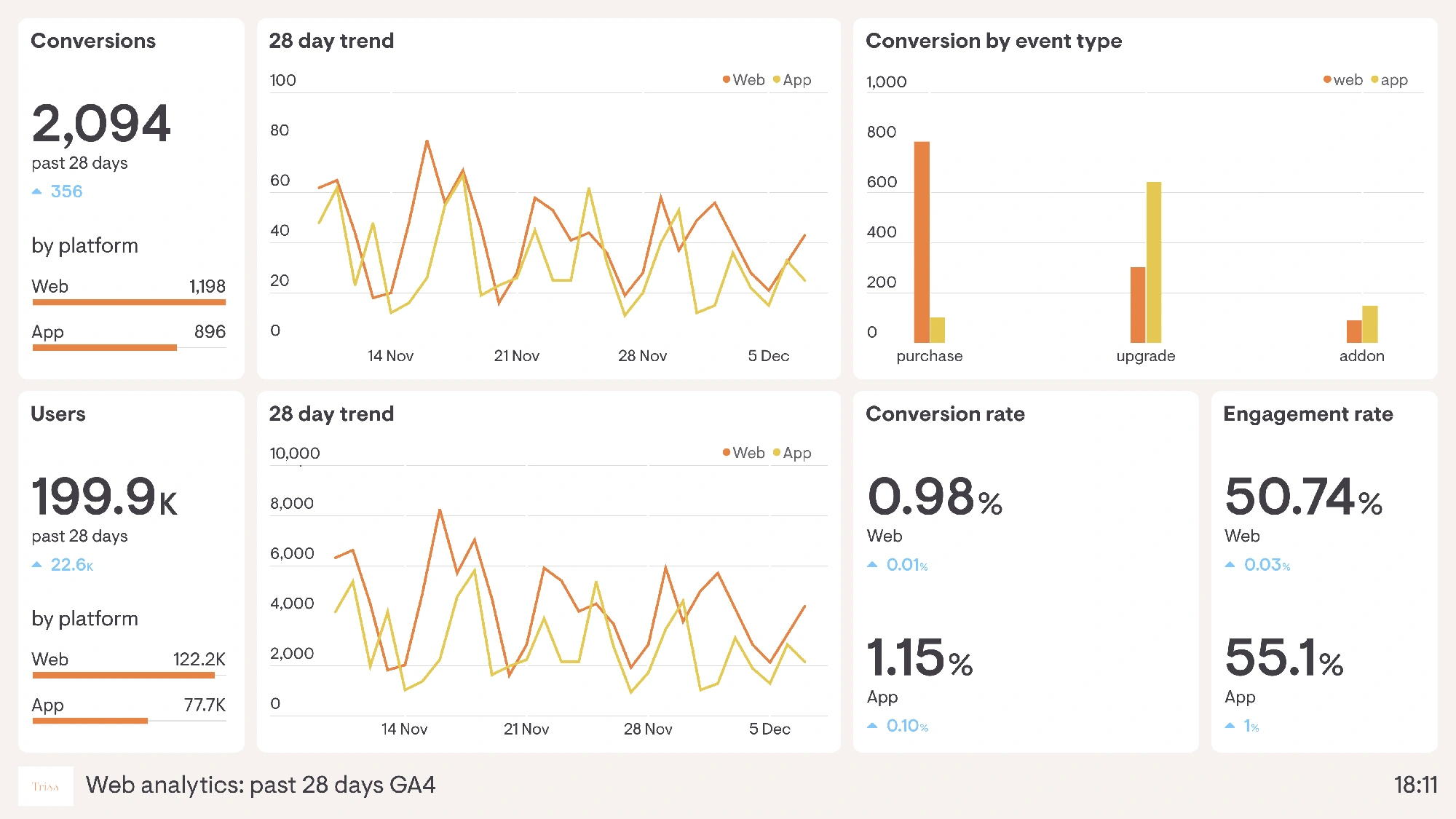
8 Key Brand Metrics to Track
Brand metrics are important performance indicators your business needs to succeed. In this post we’ll cover 8 key brand metrics you need to know.
What are Brand Metrics?
Brand metrics are quantifiable data points that measure a brand’s health and performance. Often considered a Key Performance Indicator (KPI), brand metrics are used to track and analyze improvement or deterioration toward business goals.
Brand metrics are often the domain of the Marketing department in a business.
However, they are also commonly used by Sales, Operations, Customer Support, and other areas.
Example of a brand metrics dashboard.
Just like a hospital checks a patient’s pulse, blood oxygen level, and blood pressure – even if the patient is in good health – a smart company keeps an eye on brand metrics.
Businesses and marketing professionals grapple with questions about their brands every day. You don’t need a PhD to decipher brand metrics – they’re not that difficult to grasp.
Why are Brand Metrics Important?
In the digital age, understanding your brand’s value goes beyond merely looking at product sales.
Modern-day marketers pay close attention brand awareness, sentiment, attributes, reputation, preference, and repeat purchasing and loyalty.
A comprehensive brand metrics program enables an organization to monitor the performance of its brand in the marketplace, assess the efficacy of marketing strategies, and identify areas ripe for improvement.
Brand metrics can also be used to motivate employees to reach goals that will strengthen the business.
Some companies even tether bonus compensation for all staff to some organization-wide target – e.g., an extra 10% bonus if consumer promoters of the brand exceed detractors by a 2:1 margin.
The 8 Top Brand Metrics
There are at least 8 commonly-deployed metrics you should know. The data behind these brand metrics is often obtained via survey research.
1. Brand Awareness
Brand awareness is the degree to which consumers are familiar with a brand.
Strong brand awareness is the first step towards a purchase. After all, consumers don’t typically buy something they’ve never heard of.
For Dr. Pepper, a brand awareness survey would ask consumers of soft drinks to “name any brands of soft drink that you’re aware of” – that’s unaided awareness. And the unaided measure can sometimes be broken down to “first mention” and “other mentions”.
Then, the survey would show or read the respondent a list of maybe 10 brands of soft drinks, including Dr. Pepper, and ask “which of these brands are you aware of?” That’s aided awareness.
Total awareness is the sum of the percent who had unaided awareness, plus the percent who had only aided awareness.
Sometimes, companies will even test how recognizable their visual logo is compared to other competing brands. This has become a popular game for consumers to play online, because many brand logos are so recognizable they don’t need to spell out their names.
Quiz that a brand may use to help understand consumer sentiment around their brand.
2. Brand Attributes and Associations
Brand attributes are the qualities and characteristics consumers associate with a specific brand.
“Perceptual map” to visualize how consumers tie attributes to brands they’re already familiar with.
Examples of brand associations include:
- Volvo associated with safety.
- Apple associated with technology innovation.
- Amazon associated with convenience.
Strong, positive associations can propel a brand to the top of consumers’ minds when they consider a purchase. But equally strong negative associations can deflate a brand’s opportunity to win customers. Bud Light beer has witnessed this first-hand in 2023.
Market research pros will often build a perceptual map to visualize where a brand is situated versus the competition.
3. Brand Reputation / Likelihood to Recommend
A brand will be viewed by consumers either favorably (and likely to recommend it to friends), unfavorably (and unlikely to recommend), or somewhere in the middle.
For example, Facebook has battled perception issues around privacy and data security, especially with regard to sharing information with advertisers or even foreign political operatives.
Negative perceptions will erode a brand’s reputation, and so a commonly-used brand metric to measure this over time is the Net Promoter Score, developed by Fred Reichheld while at Bain & Company.
Common 1-10 scale used to measure NPS.
NPS is like a standardized report card that enables companies to conveniently ascertain with one simple number how they stack up historically and against competitors.
Some companies like Uber, Facebook, and Comcast can have relatively low NPS scores based on regular criticisms of customer service or controversial management decisions. But they continue to attract millions of users.
This is often because of the perceived utility and convenience of these platforms (or the hassle of switching away from them), which can outweigh the drawbacks.
4. Brand Preference
If brand awareness is the invitation to the party, brand preference is being asked by the host to have coffee together later in the week.
This metric measures whether consumers consider a brand one of their favorites that they will keep going back to, even if attractive alternatives are available.
High brand preference means customers choose a brand even when less-expensive and stronger-utility options could easily be chosen, often seen with brands like Apple and Starbucks.
5. Brand Usage and Frequency of Purchase
This metric answers the question of how often consumers are using and re-buying particular products or services.
Everyday products like Colgate toothpaste, Dove soap, or Tropicana orange juice enjoy high brand usage and repeat purchase.
Other products like Samsung refrigerators may be used every day by consumers, but repeat purchase is (or should be) a rare event.
And still other products like a Craftsman gas-powered generator to be used during an extended power outage will have sporadic usage and low frequency of purchase.
Repeat purchases vary by industry. However, most companies in any industry attempt to maximize repeat purchases.
Market researchers in the past relied on surveying respondents to ask them about what they’ve bought in the past week or past month; but now, it’s more likely that this data will come from barcode scanner histories at retail stores, or receipts that consumers upload to sites like Fetch to obtain rewards.
6. Brand Loyalty
Will customers stay with a particular brand, despite competitors’ attempts to win them over?
Brand loyalty is the ultimate litmus test for any brand.
Loyal customers stick with a brand, not because they have to, but because they want to.
They’ll weather price increases, occasional service hiccups, and promotional offers from competitors.
Brands like USAA and Harley-Davidson enjoy high levels of brand loyalty, with customers often showcasing a sense of belonging to a community, rather than just a retail base.
Methods to measure brand loyalty include NPS, customer retention rates, and churn rates.
In fact, an increasing number of public companies are mentioning NPS on earnings calls.
The WSJ found that more and more companies are using NPS scores to help them identify if they’re moving in the right direction.
7. Website Metrics
Website analytics metrics a treasure trove of real-time data. Advanced web analytics tools offer granular insights into website user behavior.
By tracking metrics like bounce rate, visitor demographics, referral sources, click paths, conversion rate, and exit pages, businesses can tailor a website to better serve customers.
Example of an analytics tool being used.
8. Social media monitoring
Social media sentiment analysis is like overhearing a worldwide water cooler chat about a brand – a way to feel the pulse of public opinion.
Sophisticated AI-driven tools can analyze millions of social media posts to capture the public sentiment towards a brand.
Setting up a Best-in-Class Brand Metrics Program
Even if you know how to measure and understand brand metrics, you may still have to convince leadership to invest in them.
Getting buy-in from senior executives for a systematic brand metrics program can be difficult.
But it’s an endeavor that is usually worth the effort.
As any good negotiator will tell you, it’s about speaking their language – show them the money.
Use solid statistics and case studies that prove a direct link between brand health and the bottom line.
Make your bosses understand that knowing ‘why’ customers buy is just as important, if not more, than knowing ‘what’ they buy.
Conclusion
Brand metrics are a great way to understand a brand’s health and position in the market.
They’re not just for large corporations with big budgets. A small business can also implement a brand metrics program tailored to its needs.
Stop Guessing, Start Growing 🚀
Use real-time topic data to create content that resonates and brings results.
Exploding Topics is owned by Semrush. Our mission is to provide accurate data and expert insights on emerging trends. Unless otherwise noted, this page’s content was written by either an employee or a paid contractor of Semrush Inc.
Share
Newsletter Signup
By clicking “Subscribe” you agree to Semrush Privacy Policy and consent to Semrush using your contact data for newsletter purposes
Written By


Josh is the Co-Founder and CTO of Exploding Topics. Josh has led Exploding Topics product development from the first line of co... Read more


